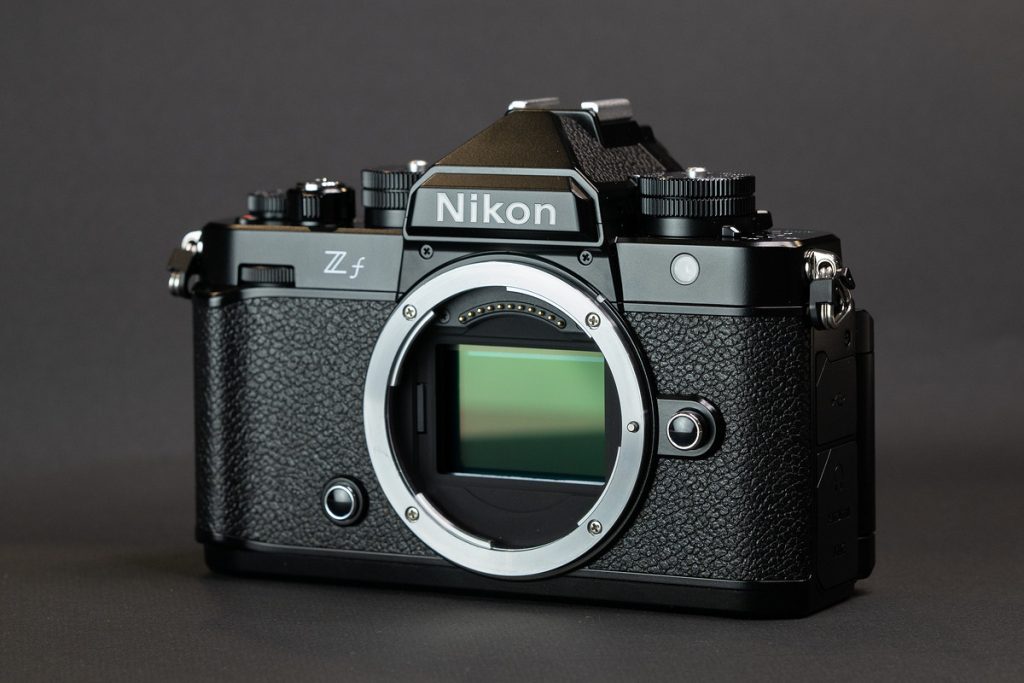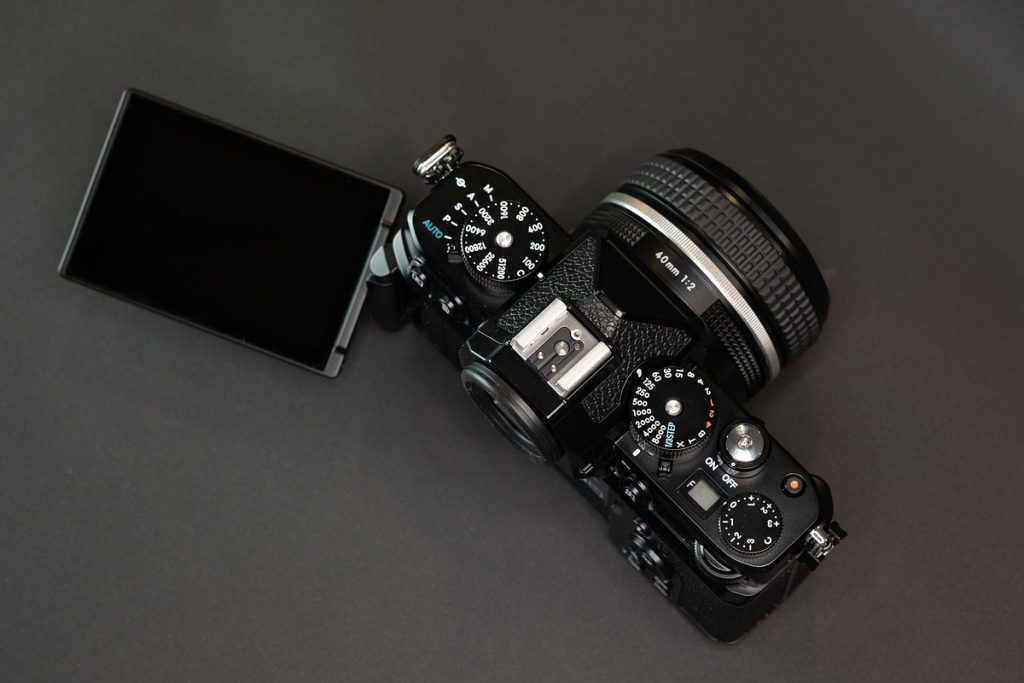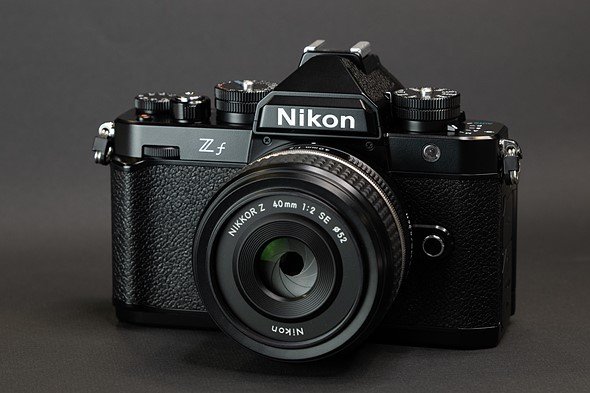There are goods that are nice to own because they are useful. There are goods that are nice to own simply because they are beautiful. Then maybe they are also useful and functional, but this is a secondary detail. Well the new Nikon Zf camera is one of those beautiful goods just to own.

My post could end with the photo above in which you can admire this little gem in all its beauty, however, wanting to go a little deeper into the technical analysis, I also wanted to analyze the characteristics of this product, the its strengths and, why, also its weaknesses.
As in the most classic technical reviews, we start from the Nikon Zf nameplate data that they predict:
- 24 mp full frame BSI CMOS sensor
- 8EV image stabilization
- Slot for SD and Micro SD
- 23 shot high resolution mode (96 mp)
- 6k video shooting with 10-bit N.log recording
- Autofocus with tracking and recognition of 9 different objects in the image scope

B&W
I don’t know if it’s a coincidence or a deliberate choice, but coincidentally one of the strong points of a product with a clear retro style like the Nikon Zf is black and white shooting mode, a mode that allows the choice between various mono profiles including a low-contrast “flat mono” and a “deep mono” that accentuates red details in the scene. The power of these profiles, and of the black and white management technology in general in the Nikon Zf, can be found both in still images and in videos. A marvel.
Video capabilities
Unlike the Df, which made photographic purity its strong point, the Zf is also great with videos. While recording it can capture 4K video at up to 30p from the full 6K pixel width of its sensor. This recording power makes it particularly suitable in cases where the video wants to take on the character of a documentary, given that the Nikon Zf will ensure ample graphic detail especially in daytime shots.
Image stabilization
Another of its strong points is the technology it uses for image stabilization. There is a new Body Image Stabilization System (IBIS) that now offers up to 8 stops of stability. It should be noted that the system proposed by Nikon in the Zf is at its best when the focus point is set.

Weakness
The main flaw of the Nikon Zf is the absence of a built-in flash. However, even in the absence of artificial flash light, the Nikon Zf offers the possibility of setting the sensitivity on a range from ISO 100 to ISO 64,000. But not only. There’s also an additional setting on the same dial marked “C” that expands this higher setting to the equivalent of ISO 100,000. In short, one flaw, the absence of integrated flash, led us to discover an advantage of the Nikon Zf. And a second which is the amazing autofocus capability in low light conditions -10 EV using the new back-illuminated AF mode.
Price
How much does this whim cost us? The Nikon Zf will be available in October 2023 at the price of 2500 euros body only. There are a couple of kit lenses available at launch, including the diminutive Z 40mm f/2 SE prime with its equally retro styling, or the more modern and versatile Z 24-70mm f/4 S zoom which pushes the price up to around 3000 euros.
